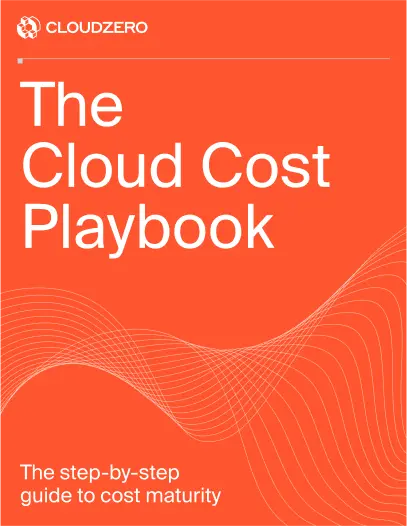At CloudZero, our mission has always been clear: power efficient innovation in the cloud by connecting engineering decisions with business outcomes. But here’s the truth — we’re not just solving for visibility. We’re solving for action.
In order to turn theoretical savings into actual waste elimination and tangible outcomes, you have to enable engineers to act on cost insights within the tools and workflows they already use. CloudZero’s new Jira integration does just that.

Cloud Cost Optimization Meets Engineering Workflow
Historically, cloud cost recommendations have often died slow, boring deaths inside dashboard graveyards — superficially visible, but unactionable. For years, legacy FinOps tools provided lists of recommendations for Finance teams that were then ignored by Engineering leaders in between monthly cross-team meetings. But why?
First, these recommendations often lacked context that connected the work requested by engineers to an outcome that they cared about. Second, they were disconnected from where engineering work actually happens. Engineers aren’t living day-to-day in cloud cost tools; they’re living in Jira, GitHub, Slack, and CI/CD pipelines.
Our Jira integration bridges that gap. With a single click, you can automatically create Jira work items from CloudZero recommendations and assign them directly to a board. This means cost issues get triaged and prioritized alongside feature work, bugs, and tech debt. The result? Teams track and resolve cloud inefficiencies faster and more consistently without disrupting their existing processes.
Realized Savings Over Theoretical Opportunities
We’re not stopping at integration for convenience. This is about driving real, measurable outcomes:
- Seamless Workflow Integration: Embed cost optimization actions directly into existing tooling to streamline remediation.
- Gamified Experience: Foster accountability and motivation across teams with engagement-driven design.
- Actionable Reporting: Track the actual impact of changes — not just what could be, but what was actually saved.
This shift moves cloud cost away from a monthly report and toward a daily discipline — on par with observability or incident management.
Why This Matters: Lessons From Security And SecOps
There’s a playbook we’re following here, and it’s not a new one. In the security world, integrating vulnerability scanning and incident response into developer workflows has proven to increase both time to remediation and resolution rates. SecOps teams embedded alerts into Jira and Slack long ago, not because the alerts were hard to find, but because engineers were more likely to act on them when they appeared inside their daily flow of work.
The same principle applies to cloud cost. A cost anomaly that creates a Jira ticket is exponentially more likely to be investigated than one that sits in an external tool. Integration turns insight into impact.
What’s Next?
The Jira integration is just the beginning. We’re building a world where cost optimization is part of the engineering muscle memory — not a separate motion. That means more integrations, deeper workflow connections, and a relentless focus on efficiency and actionability.
We’re excited for you to try it, and even more excited about what’s ahead.








